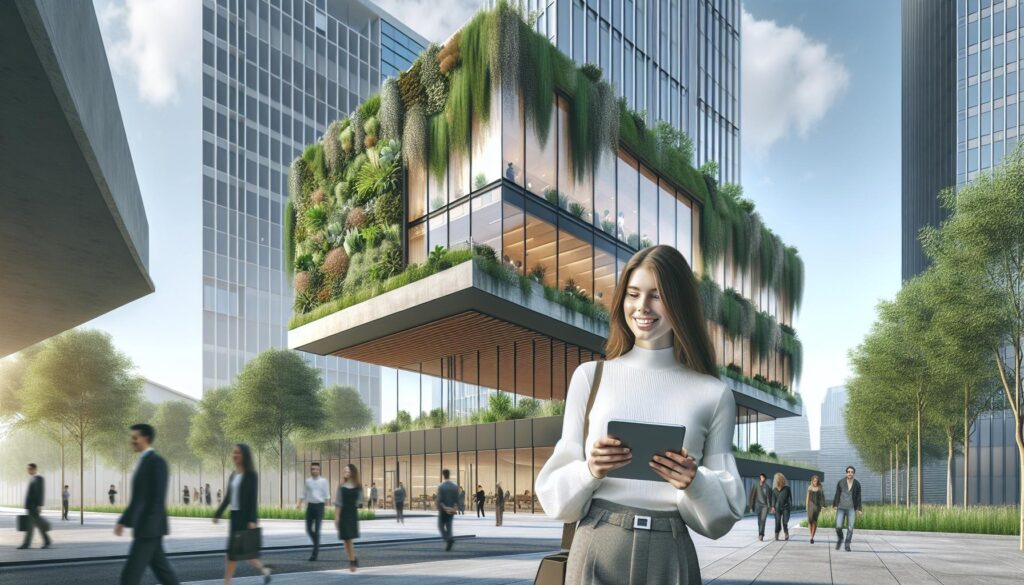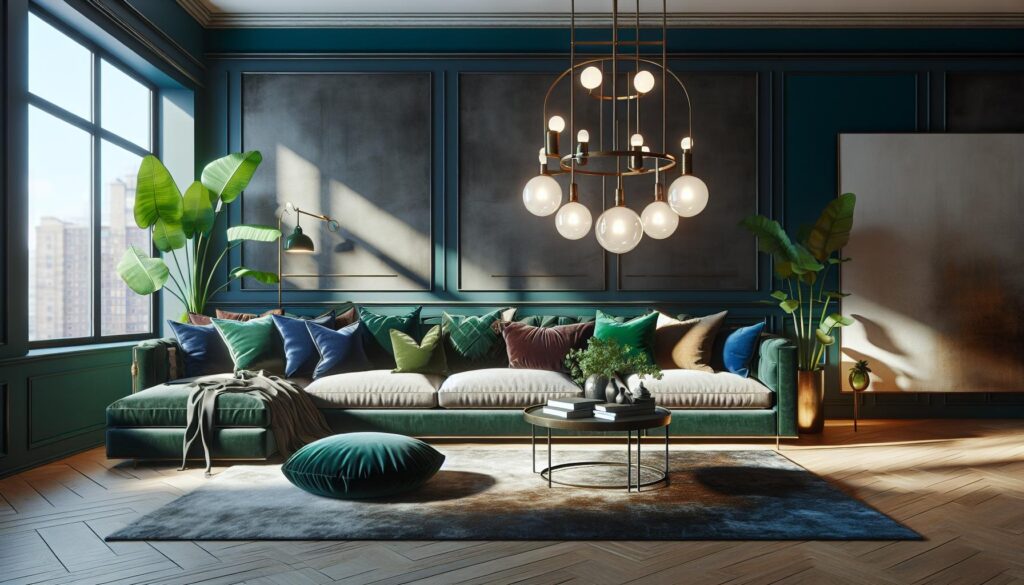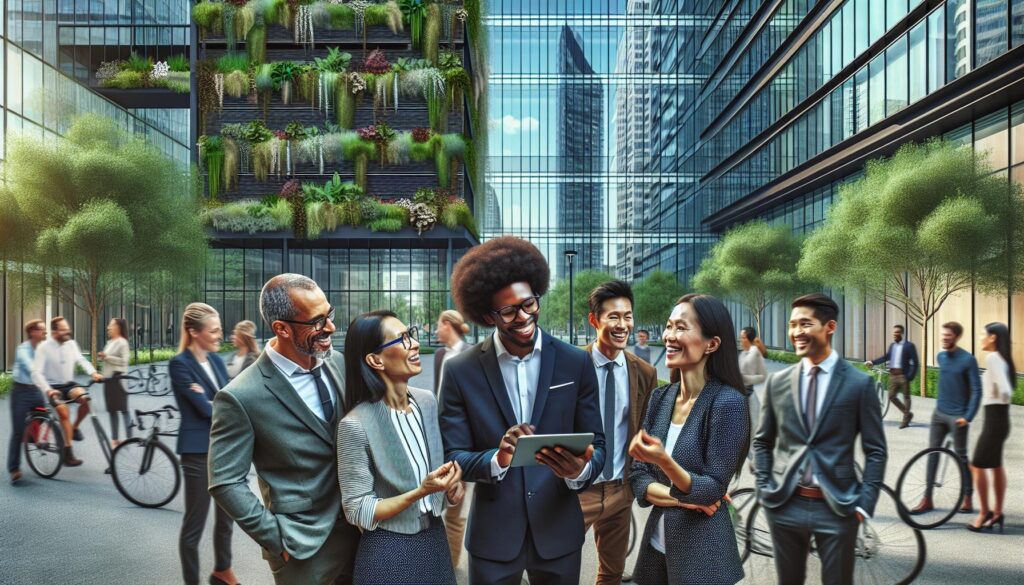In 2016, architecture took a bold leap into the future, blending creativity with functionality like never before. Designers pushed boundaries, proving that buildings could be as much a work of art as they are a place to live or work. From eco-friendly materials to innovative designs, this year showcased trends that made people stop and stare—hopefully not while walking into a lamppost.
Forget the cookie-cutter structures of the past; 2016 was all about embracing individuality. With a dash of humor and a sprinkle of genius, architects transformed skylines and redefined spaces. Whether it was the rise of biophilic design or the love affair with minimalism, this year had something for everyone. Dive into the architectural trends of 2016 and discover how they shaped the way we experience our built environment. Who knew buildings could be so entertaining?
Architectural Trends 2016
Architects in 2016 embraced innovation, transforming traditional methods to prioritize creativity and functionality. Emphasis on individuality led to unique structures that reflected personal expression. Biophilic design emerged prominently, integrating natural elements to enhance occupants’ well-being. This trend aimed to reconnect people with nature, featuring living walls, natural light, and sustainable materials.
Minimalism played a crucial role, allowing simplicity to take center stage. This approach involved clean lines, open spaces, and a focus on essential elements. Additionally, architects adopted smart technology, incorporating automation systems seamlessly into designs. Homes and offices became more efficient, using intelligent designs to enhance comfort and convenience.
Sustainability gained importance, influencing materials and construction methods. Recycled and locally sourced materials reduced the carbon footprint while maintaining aesthetic appeal. Architects focused on energy-efficient designs, promoting green roofs and passive solar techniques. These practices created buildings that minimized energy consumption, supporting environmental responsibility.
Cultural influences also shaped architectural styles. Diverse global styles merged, giving rise to designs that celebrated cultural heritage while incorporating contemporary needs. Curved forms and asymmetrical shapes became popular, challenging conventional aesthetics. In essence, 2016 marked a significant departure from conventional architecture, characterized by innovative concepts that reshaped urban landscapes.
Each of these trends not only altered how buildings were conceived but also improved the overall experience of the built environment. The intersection of art and functionality became a standard, illustrating that architecture could inspire and entertain while serving practical purposes.
Key Design Elements
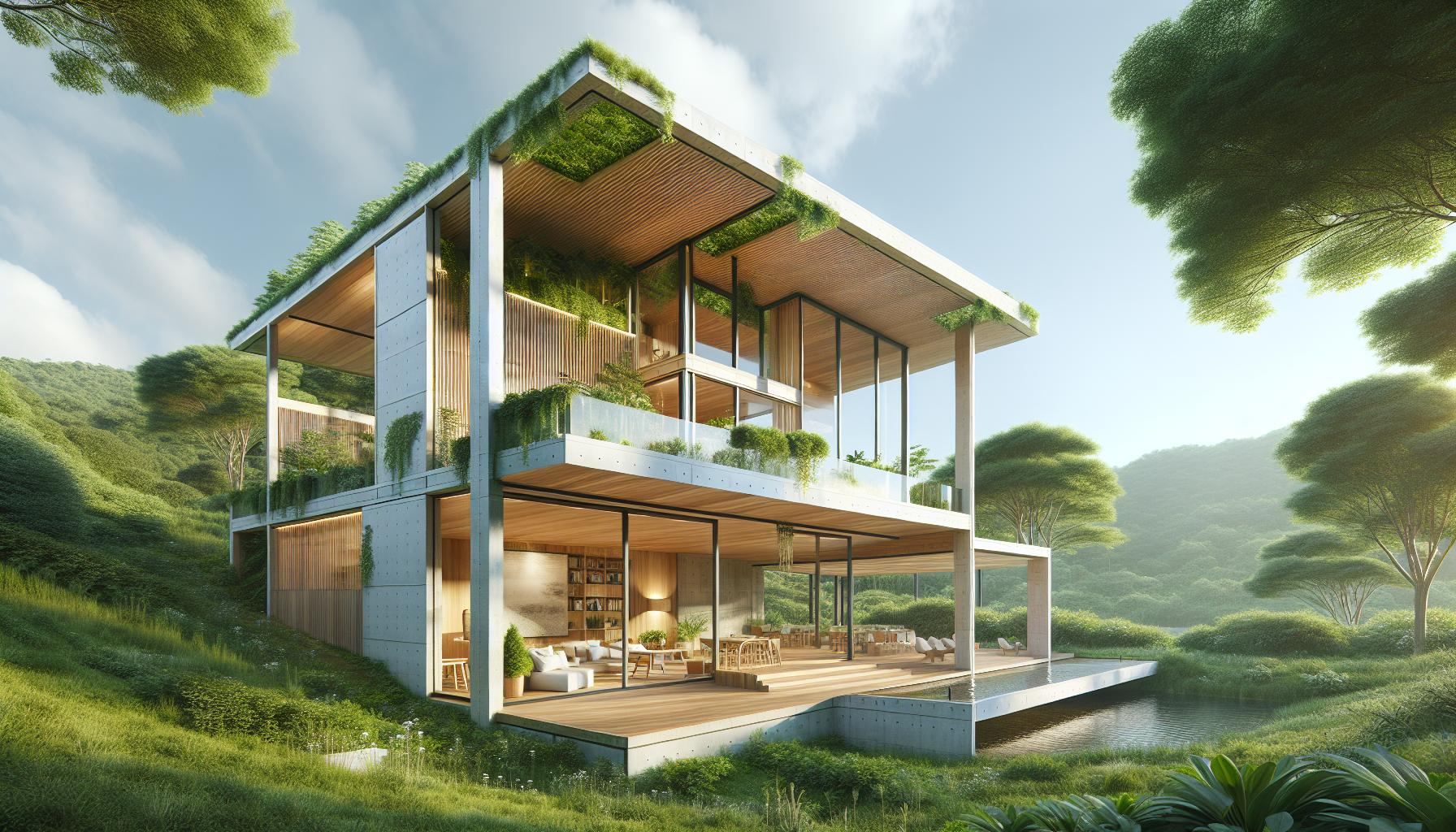
Architectural design in 2016 emphasized several impactful elements. This year marked a distinctive focus on sustainability, minimalism, and advanced technologies.
Sustainable Architecture
Sustainable architecture gained traction in 2016, driven by environmental awareness. Architects prioritized the use of recycled materials and locally sourced options to enhance eco-friendliness. Energy-efficient designs, such as green roofs and passive solar techniques, emerged significantly. Recycled windows and solar panels frequently became standard features. Emphasis on natural ventilation helped reduce reliance on artificial cooling systems. The integration of biophilic design elements connected inhabitants to nature while improving well-being. As a result, sustainability transformed the architectural landscape, influencing materials and building methods.
Minimalism and Simplicity
Minimalism defined many structures in 2016, focusing on clean lines and open spaces. Architects removed excess ornamentation to highlight essential features. This simplicity created serene environments that encouraged reflection and tranquility. Natural light was strategically incorporated, enhancing the aesthetic appeal of spaces. Flexible floor plans allowed for adaptable living and working areas. Form followed function, ensuring designs supported the activities within. This approach fostered environments that emphasized both comfort and efficiency, appealing to modern lifestyles. The trend reflected a shift towards prioritizing quality over quantity in architectural design.
Technology in Architecture
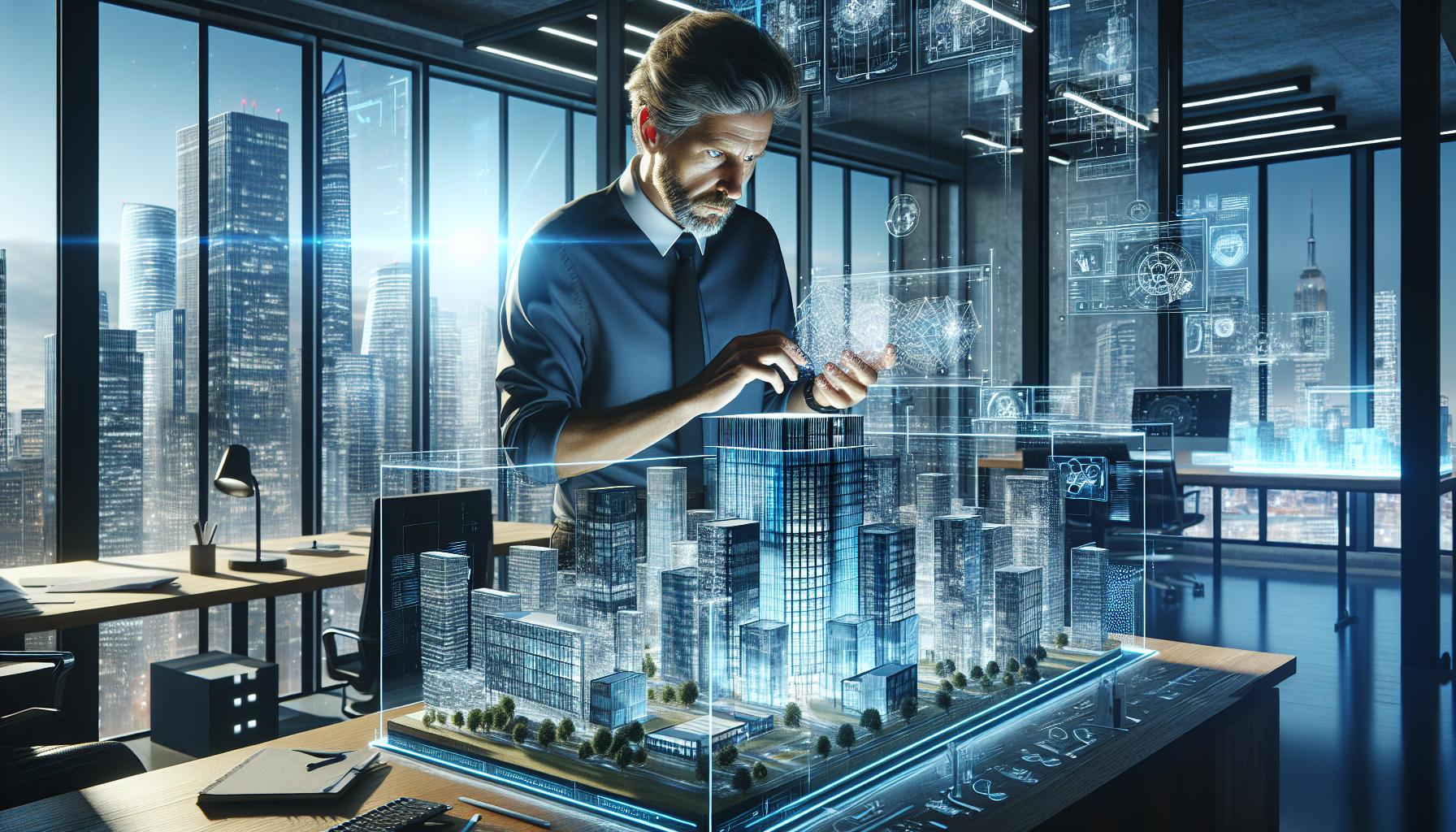
Technology reshaped architecture in 2016, driving innovation in design and construction. Architects utilized advanced tools to enhance functionality and creativity.
Smart Homes and Buildings
Smart homes and buildings gained prominence with sensors and automation systems. Occupants accessed integrated smart technology for controlling lighting, temperature, and security. Energy management systems optimized consumption, leading to significant savings. Features like voice-activated devices and smart thermostats increased convenience and comfort. Surveillance cameras and smart locks improved safety, allowing homeowners to monitor their properties remotely. These advancements in technology transformed everyday living, making spaces more responsive and user-friendly.
Virtual Reality and Design
Virtual reality (VR) emerged as a powerful tool for architects and clients. Designers created immersive experiences, allowing clients to explore spaces before construction began. Visualizing projects in VR facilitated better decision-making and streamlined the design process. Clients engaged with designs in realistic environments, enhancing their understanding and feedback. Architects showcased concepts in interactive presentations, resulting in refined designs that aligned with client expectations. As a result, VR not only enriched client collaboration but also revolutionized how architects approached design challenges.
Urban Development Trends
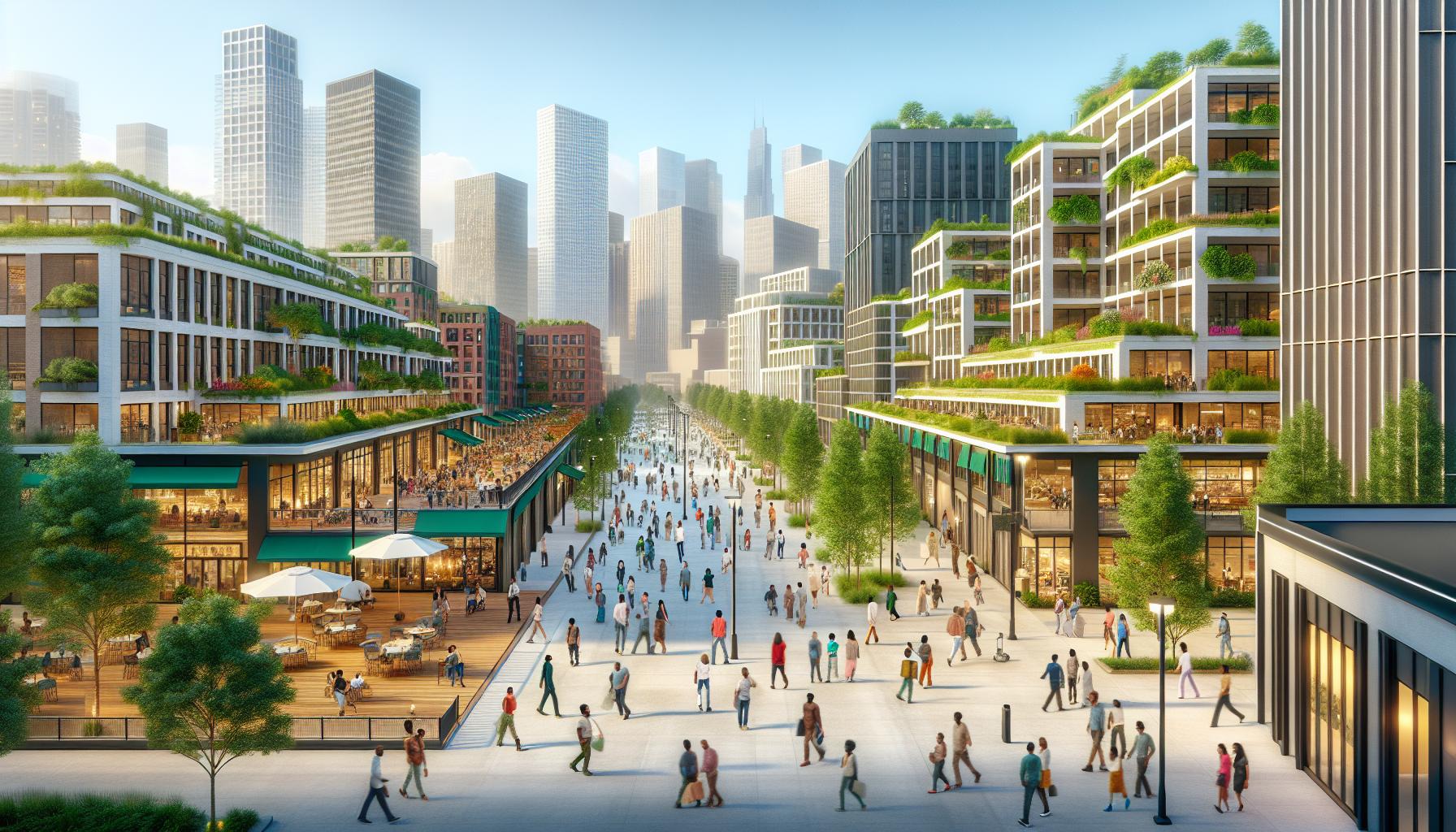
Urban development in 2016 reflected a blend of functionality and creativity. Architects focused on creating spaces that fostered community and sustainability.
Mixed-Use Spaces
Mixed-use spaces became increasingly popular as urban areas evolved. These structures incorporated residential, commercial, and recreational elements, catering to diverse needs. Designers prioritized walkability and accessibility, promoting vibrant neighborhoods that encouraged social interaction. Studies showed that integrating various functions within a single development reduced commute times and fostered a sense of community. Successful examples include the High Line in New York City and similar projects worldwide that transformed urban landscapes into thriving mixed-use environments.
Green Roofs and Vertical Gardens
Green roofs and vertical gardens represented a significant shift towards sustainability in architecture. These features contributed to biodiversity, improved air quality, and reduced urban heat while enhancing aesthetics. Incorporating plants into building designs offered natural insulation and reduced energy costs. Urban developments increasingly integrated these elements to combat climate change and promote environmental well-being. Successful implementations in cities like Singapore showcased the benefits of greenery in urban settings, inspiring architects to innovate with vertical spaces.
Popular Materials and Colors
Architects in 2016 favored innovative materials and dynamic color palettes. The shift emphasized sustainability and aesthetics while balancing functionality with creativity.
Natural and Recycled Materials
Natural materials captured attention with their inherent beauty and eco-friendliness. Wood, stone, and bamboo emerged as popular choices, highlighting organic textures and warm tones. Recycled materials also gained traction, providing a sustainable alternative while reducing waste. Steel and glass transformed designs, creating sleek interiors and exteriors that emphasized transparency and light. Architectural choices included reclaimed wood for floors and wall accents, showcasing unique histories and character. Additionally, the use of environmentally-friendly insulation and finishes contributed to energy-efficient buildings, reflecting a broader trend towards eco-consciousness in architecture.
Trending Color Palettes
Color palettes in 2016 showcased an appreciation for natural hues and earthy tones. Soft greens, warm browns, and muted grays dominated designs, harmonizing with biophilic concepts. Bright, bold accents complemented these natural shades, introducing elements of vibrancy and creativity. Shades like deep blue and rich terracotta became popular in statement walls and furniture, providing visual interest. Neutral palettes, paired with textured materials, helped create serene environments that encouraged tranquility and reflection. This strategic use of color not only enhanced aesthetics but also contributed to overall well-being, aligning with the principles of minimalism and purposeful design.

